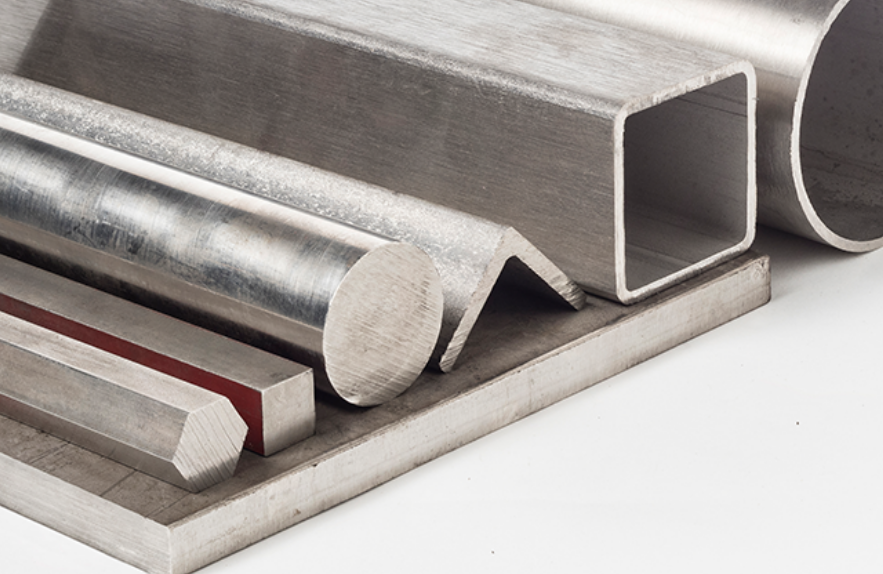Stainless steel, with its strong and corrosion-resistant properties, has played an important role in various industrial applications. Among them, 304 stainless steel is known as the “king of industrial stainless steel” due to its outstanding performance and wide range of applications. So what gives 304 stainless steel such strong performance? The answer lies in its chemical composition. This article will explore the chemical composition of 304 stainless steel in depth and reveal its inner secrets.

Chemical Composition of 304 Stainless Steel:
The following is a description of the chemical composition of 304 stainless steel:
- Iron (Fe): Iron is the main element of 304 stainless steel, accounting for the majority of the composition.
- Chromium (Cr): Chromium is one of the most important alloying elements in stainless steel, which gives 304 stainless steel good corrosion resistance. The chromium content in 304 stainless steel typically ranges from 17% to 20%.
- Nickel (Ni): Nickel is another important alloying element that can improve the corrosion resistance and mechanical properties of 304 stainless steel. The nickel content in 304 stainless steel typically ranges from 8% to 10.5%.
- Carbon (C): Carbon is a common element in stainless steel, with a low content of about 0.08%.
- Manganese (Mn): The addition of manganese can improve the strength and corrosion resistance of 304 stainless steel. The manganese content in 304 stainless steel typically ranges below 2%.
- Silicon (Si): The addition of silicon can improve the high-temperature resistance and oxidation resistance of 304 stainless steel. The silicon content in 304 stainless steel typically ranges below 1%.
Physical Properties of 304 Stainless Steel:
The physical properties of 304 stainless steel are as follows:
- Tensile strength σb (MPa) ≥ 515-1035
- Yield strength σ0.2 (MPa) ≥ 205
- Elongation δ5 (%) ≥ 40
- Hardness: ≤ 201HBW; ≤ 92HRB; ≤ 210HV
- Density (20℃, g/cm³): 7.93
- Melting point (℃): 1398~1454
- Specific heat capacity (0~100℃, KJ·kg-1K-1): 0.50
- Thermal conductivity (W·m-1·K-1): (100℃) 16.3, (500℃) 21.5
- Linear expansion coefficient (10-6·K-1): (0~100℃) 17.2, (0~500℃) 18.4
- Electrical resistivity (20℃, 10-6Ω·m2/m): 0.73
- Longitudinal elastic modulus (20℃, KN/mm2): 193
Application Fields of 304 Stainless Steel:
304 stainless steel is a widely used steel grade, which is widely used in many fields due to its excellent corrosion resistance, high-temperature resistance, good processability, and decorative properties. Here are some specific examples:
- In the field of architectural decoration, 304 stainless steel can be used to make various indoor and outdoor decorative materials, such as stainless steel doors and windows, wall panels, ceilings, handrails, stairs, etc.
- Petrochemical industry: 304 stainless steel has good corrosion resistance, so it is widely used in pipelines, valves, tanks, heat exchangers, and other equipment in petroleum, chemical, and other industries.
- In the field of food processing, 304 stainless steel is non-toxic, tasteless, and meets food hygiene standards, so it is widely used in the food processing industry for tableware, kitchenware, food storage equipment, and so on.
- Medical device field: 304 stainless steel has good biocompatibility and is widely used in the production of surgical instruments, medical equipment, artificial joints, and other medical devices.
- In the field of automobile manufacturing, 304 stainless steel can be used to make various automotive components, such as exhaust pipes, trim strips, pedals, etc., with high corrosion resistance and decorative properties.
- Other fields: 304 stainless steel can also be used to make chemical experimental equipment, marine equipment, textile machinery, etc.
Conclusion
Thank you for reading our article and we hope it can help you to have a better understanding of the chemical composition of 304 stainless steel. If you want to learn more about 304 stainless steel, we would like to advise you to visit Sino Stainless Steel for more information.
As a leading supplier of stainless steel products across the world, Sino Stainless Steel provides customers with high-quality stainless steel strips, stainless steel coils, stainless steel plates, stainless steel sheets, stainless steel bars, and stainless steel tubes at an extremely competitive price.
 :+86-13012867759
:+86-13012867759  :export86@sino-stainless-steel.com
:export86@sino-stainless-steel.com
The total mass of material that is administered is small and does not elicit an osmotic effect buy priligy online safe